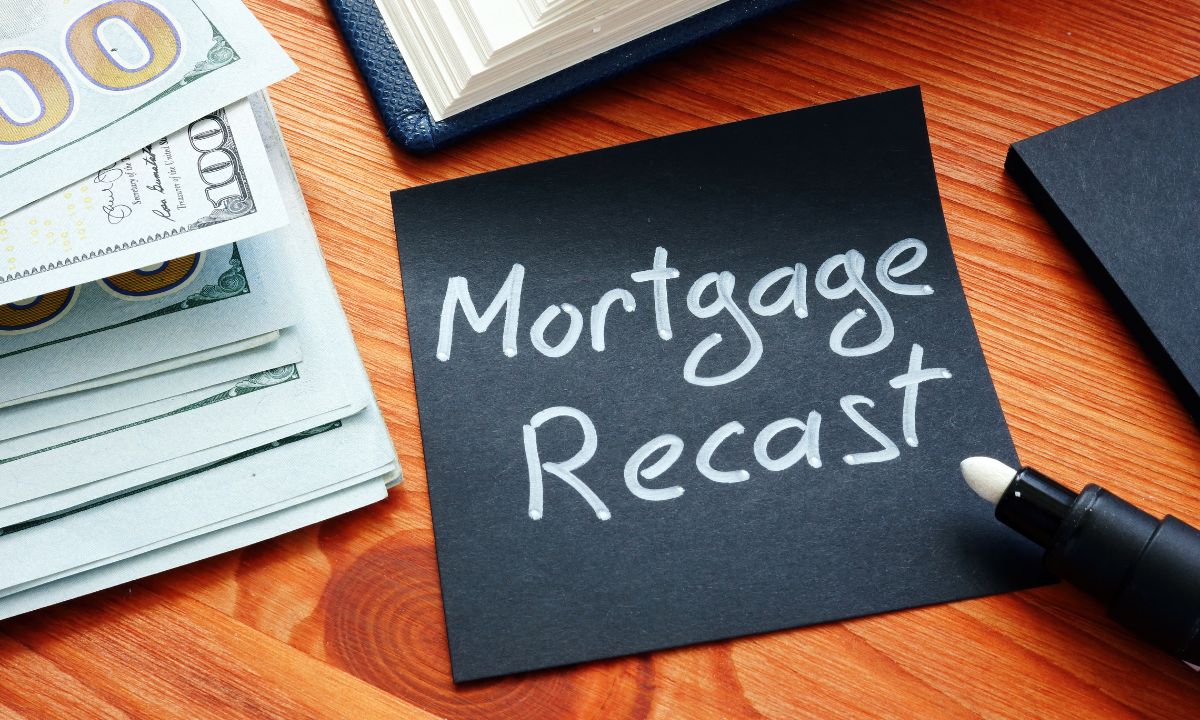How Long Does It Take to Refinance a House?
 Refinancing your home can be a smart financial move, offering you the chance to secure a better interest rate, reduce monthly payments, or even tap into your home’s equity. However, one of the most common questions homeowners have is: “How long does it take to refinance a house?” While the timeline can vary based on several factors, here’s a general overview to help you understand the process.
Refinancing your home can be a smart financial move, offering you the chance to secure a better interest rate, reduce monthly payments, or even tap into your home’s equity. However, one of the most common questions homeowners have is: “How long does it take to refinance a house?” While the timeline can vary based on several factors, here’s a general overview to help you understand the process.
1. Preparing to Refinance (1-2 Weeks)
Before diving into the refinance process, it’s essential to get your finances in order. This preparation phase can take one to two weeks and involves:
- Reviewing your credit report: Ensure there are no errors that could affect your application.
- Gathering financial documents: You’ll need recent pay stubs, tax returns, W-2s, bank statements, and information about your current mortgage.
- Researching lenders: Compare rates and terms from various lenders to find the best deal.
2. Application Submission (1 Day)
Once you’ve chosen a lender, the next step is to complete the refinance application. This usually takes about a day, provided you have all your documents ready. The application will require detailed information about your finances, employment, and property.
3. Loan Processing (1-3 Weeks)
After submitting your application, the lender will begin processing it. This phase typically takes one to three weeks and includes:
- Credit check: The lender will review your credit history and score.
- Appraisal: An appraisal of your home is usually required to determine its current market value.
- Title search: A title search is conducted to ensure there are no issues with ownership or liens on the property.
4. Underwriting (1-2 Weeks)
During underwriting, the lender evaluates your application in detail to decide whether to approve the loan. This stage can take one to two weeks, depending on the complexity of your financial situation. The underwriter will verify all the information provided, assess your ability to repay the loan, and ensure the property meets the lender’s standards.
5. Closing (1 Week)
Once your loan is approved, the closing process begins. This phase generally takes about a week and involves:
- Reviewing closing disclosure: You’ll receive a closing disclosure at least three days before the scheduled closing date, outlining the final terms and costs of the loan.
- Signing documents: On closing day, you’ll sign the loan documents, pay any closing costs, and complete the transaction.
Total Timeline: 30-45 Days
On average, the entire refinancing process takes between 30 to 45 days from start to finish. However, this timeline can vary based on factors such as the lender’s efficiency, the complexity of your financial situation, and market conditions.
Factors That Can Affect the Timeline
- Lender workload: High demand for refinancing can slow down the process.
- Property appraisal: Delays in scheduling or completing the appraisal can extend the timeline.
- Financial complexities: Issues such as low credit scores, high debt-to-income ratios, or irregular income can add time to the underwriting process.
- Document preparation: Missing or incomplete documents can cause delays.
Tips to Speed Up the Process
- Stay organized: Have all your financial documents ready before starting the process.
- Respond promptly: Quickly answer any requests from your lender for additional information.
- Choose a reliable lender: Select a lender with a reputation for efficiency and good customer service.
Refinancing your home is a significant financial decision that can yield substantial benefits. Understanding the timeline and being prepared can help ensure a smooth and efficient process.

 Buying a new home is exciting, but it comes with a fair share of paperwork, especially when applying for a mortgage. One crucial component lenders will analyze is your proof of income. Let’s take a look at what proof of income involves, document examples, and where to find them.
Buying a new home is exciting, but it comes with a fair share of paperwork, especially when applying for a mortgage. One crucial component lenders will analyze is your proof of income. Let’s take a look at what proof of income involves, document examples, and where to find them. Refinancing your mortgage can be a smart financial move, offering potential savings, access to cash, or improved loan terms. With various refinancing options available, it’s essential to understand what each type entails to make an informed decision. Let’s look into five popular types of refinance loans: Rate and Term Refinance, Cash-Out Refinance, Cash-In Refinance, Home Affordable Refinance Program (HARP), and Short Refinance.
Refinancing your mortgage can be a smart financial move, offering potential savings, access to cash, or improved loan terms. With various refinancing options available, it’s essential to understand what each type entails to make an informed decision. Let’s look into five popular types of refinance loans: Rate and Term Refinance, Cash-Out Refinance, Cash-In Refinance, Home Affordable Refinance Program (HARP), and Short Refinance. Are you dreaming of the day when you can declare yourself mortgage-free? Paying off your mortgage early not only liberates you from monthly payments but can also save you a significant amount in interest. While it may seem daunting, a few strategic moves can bring this goal within reach. Here are seven actionable tips to help you pay off your mortgage early and save on interest.
Are you dreaming of the day when you can declare yourself mortgage-free? Paying off your mortgage early not only liberates you from monthly payments but can also save you a significant amount in interest. While it may seem daunting, a few strategic moves can bring this goal within reach. Here are seven actionable tips to help you pay off your mortgage early and save on interest. When it comes to managing your mortgage, you might have heard of refinancing as a popular option to reduce monthly payments or pay off your loan faster. However, there’s another lesser-known strategy called mortgage recasting. Let’s dive into what mortgage recasting is, how it works when it makes sense to consider it, and when you might want to avoid it.
When it comes to managing your mortgage, you might have heard of refinancing as a popular option to reduce monthly payments or pay off your loan faster. However, there’s another lesser-known strategy called mortgage recasting. Let’s dive into what mortgage recasting is, how it works when it makes sense to consider it, and when you might want to avoid it.